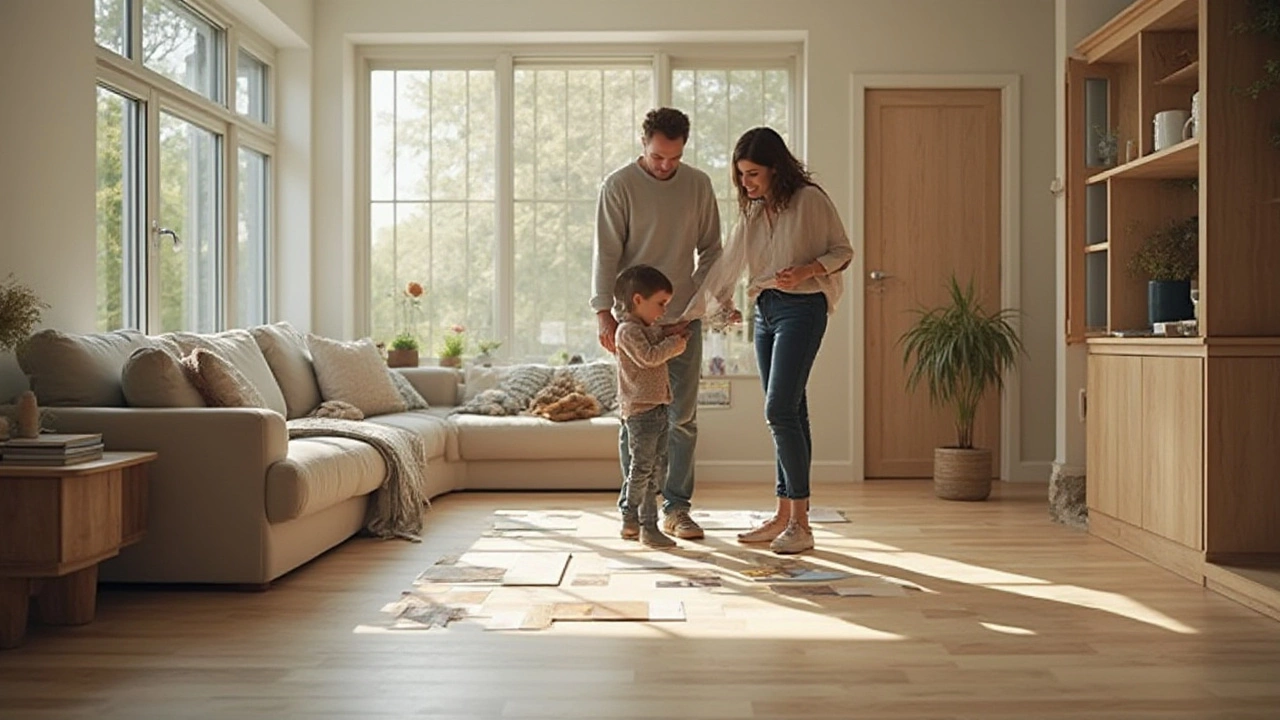Durable Flooring Options for Every Home
If you’re tired of scratches, stains, or squeaky boards, you need a floor that can handle the daily grind. The good news is there are several materials that stay strong for years without constant upkeep. Below we break down why durability matters and which surfaces give you the most bang for your buck.
Why Durability Matters
Every footstep, pet paw, and spilled drink adds wear and tear. A durable floor saves you money because you replace it less often, and it keeps your home looking fresh. It also holds up better in high‑traffic rooms like kitchens, hallways, and laundry areas. In short, a resilient surface protects your investment and reduces future headaches.
Top Materials to Consider
Luxury Vinyl Plank (LVP) – LVP mimics hardwood without the moisture risk. It’s waterproof, scratch‑resistant, and easy to install with a click‑lock system. Even if you have kids or pets, spills just wipe clean.
Porcelain Tile – Porcelain is denser than ceramic, making it virtually unbreakable. It resists stains, water, and high heat, perfect for bathrooms and kitchens. The only downside is the colder feel underfoot, but you can add a rug for comfort.
Engineered Hardwood – This hybrid combines a real wood veneer with a stable plywood core. It tolerates temperature changes better than solid hardwood, so it’s a solid choice for basements or areas with fluctuating humidity.
Polished Concrete – If you love an industrial look, polished concrete is tough as nails. It’s fire‑resistant, low‑maintenance, and can be stained or textured for style. A sealant helps prevent staining from oily spills.
Laminate with a High‑ABR Rating – Modern laminate offers a realistic wood look and a protective wear layer measured by the Abrasion Resistance (ABR) rating. Look for ABR 3 or 4 for high‑traffic rooms; it’ll stand up to daily abrasion.
When you compare these options, think about traffic level, moisture exposure, and your budget. LVP and laminate tend to be the most cost‑effective, while porcelain tile and polished concrete cost more but last longer under extreme conditions.
Installation can be a DIY project for click‑lock LVP or laminate, but tiles and concrete usually need a professional. If you’re not comfortable with cutting and grouting, hiring a certified installer saves time and ensures a flawless finish.
Maintenance is simple for most durable floors: sweep or vacuum regularly, mop with a pH‑neutral cleaner, and avoid abrasive scrubbers. For tile and stone, reseal every few years to keep water from seeping in.
Finally, add rugs or runners in high‑traffic zones to protect the surface and add comfort. This small step prolongs the life of any flooring choice without sacrificing style.
Pick the material that suits your lifestyle, and you’ll enjoy a floor that looks great for a decade or more. Durable flooring isn’t a luxury—it’s a smart, long‑term investment for any home.

